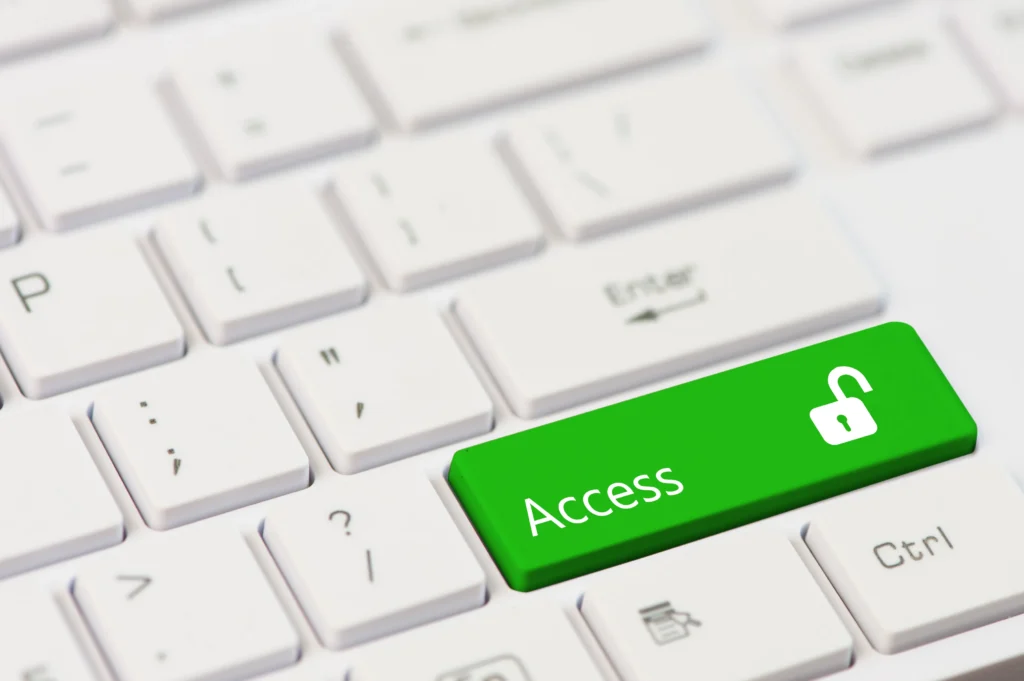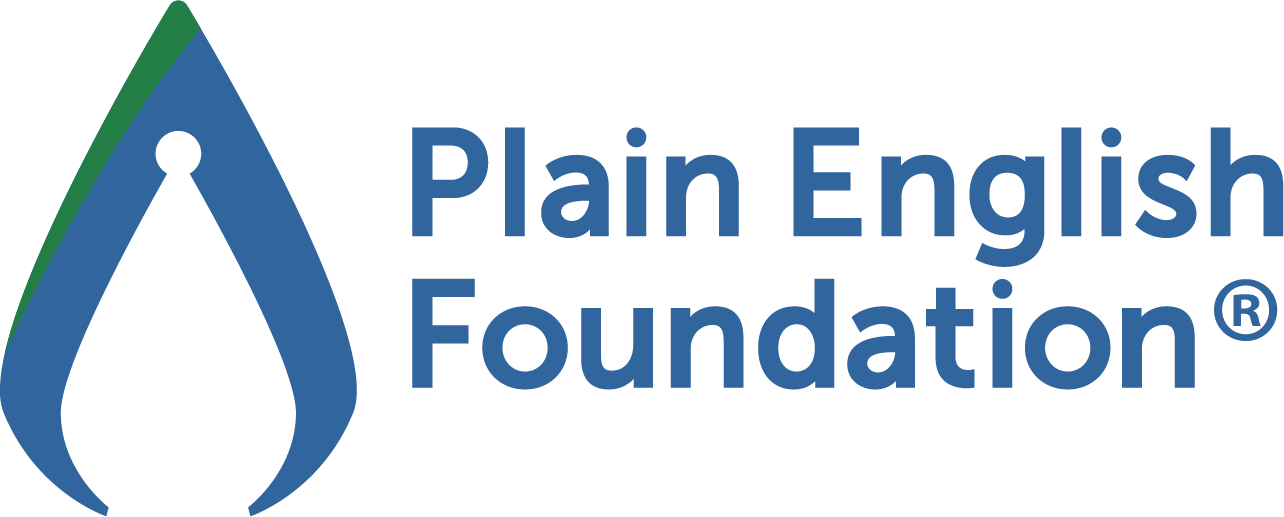Plain language supports equity, accessibility and inclusion
By Emily Halloran
Is your message reaching everyone? Are you adapting your language so that as many people as possible can read and understand it? If this is something you haven’t yet thought about, now’s the time to consider plain language. It supports equity, accessibility and inclusion. It does this by removing barriers that prevent people from participating in all aspects of life. This ranges from accessing quality health care to finding information on a webpage.

Plain language supports better health outcomes
Using plain language can lead to better health outcomes, whether it’s in the emergency room, the doctor’s office or the research lab.
Patients with low health literacy are at a higher risk of emergency department visits and hospitalisation. They may hide their lack of knowledge or low reading ability to maintain their dignity. But when hospitals use plain language in signs, forms and websites, it makes it easier for patients to find, understand and use that information. That means better compliance with medical instructions and better outcomes.
In a recent study from the UK, researchers used artificial intelligence (AI) and plain language to help patients understand their conditions and remind them to take their medication. Patients in the study took their medication correctly 75% of the time. For people outside the study, compliance was much lower, at around 40–50%.
But your communications with clients don’t have to be high tech or fancy, they just have to be clear. See our plain language aftercare instructions for dental patients.
Many medical studies don’t include older adults with cognitive impairments (unless those studies are about cognitive impairments). This is a problem because it leads to a lack of information which impacts on how we manage common medical issues, like falls and how to prevent them. Including older adults with cognitive impairments in research more often would lead to better health outcomes for this group.
Some researchers would argue that they can’t include this group because of ethical concerns about informed consent. But the problem isn’t necessarily with the participants. Rather, researchers don’t always write their medical consent forms in clear language. Studies have found that simplified consent forms written in plain language and including images are easier to understand for everyone, not just those with cognitive impairments. This, along with other interventions, allows this otherwise excluded group to participate in vital medical research.
It is important to note that for some cognitive impairments, plain language won’t be enough. Instead researchers may need to use easy English to reach these groups.
Plain language ensures access to vital information
Using plain language shows a commitment to accessibility and user-centred design.
People have a right to access and understand vital information no matter their background, skills or abilities. And with so much of our lives now online, we need to ensure that the online environment is accessible, inclusive and equitable.
The Web Content Accessibility Guidelines (WCAG) help us do this by explaining how to make web content more accessible to people with disabilities. Many of the guidelines cover the plain language elements in ISO’s plain language standard, such as using short and simple words, sentences and paragraphs.
Unfortunately, about 96% of the top 1,000,000 webpages don’t follow WCAG guidelines, and each webpage has an average of 50 accessibility errors. These include using low-contrast text that doesn’t stand out from the background, and not providing alternative text descriptions for images. These issues make it very hard for people with low vision to access information.
By following accessibility and plain language guidelines on websites, we can create a better experience for all users – an experience where the ‘wording, structure, and design are so clear that the intended audience can easily find what they need, understand what they find, and use that information.’
In Australia, government websites are required to meet accessibility requirements under the law. While this isn’t the case for private companies, it’s still best practice. Even small steps towards a more accessible website go some way towards improving access equity. For simple accessibility advice, check out our free Australian Style Guide.
Plain language is easy to implement
We can help you enhance your communications with patients, customers and clients and ensure you get your message across to all your readers. As Australia’s leading plain language company, we deliver hundreds of plain language training courses every year. Our participants come away with vastly improved writing skills and a newfound enthusiasm for communicating with clarity and precision.
We also provide premium plain language consulting and editing services that can radically improve your documents and transform your writing culture. From multinational businesses, state and federal government departments to not-for-profit organisations, we can help you achieve your business goals with effective, clear and concise communications.
If you’d like to learn more or implement plain language in your workplace, contact us today.






